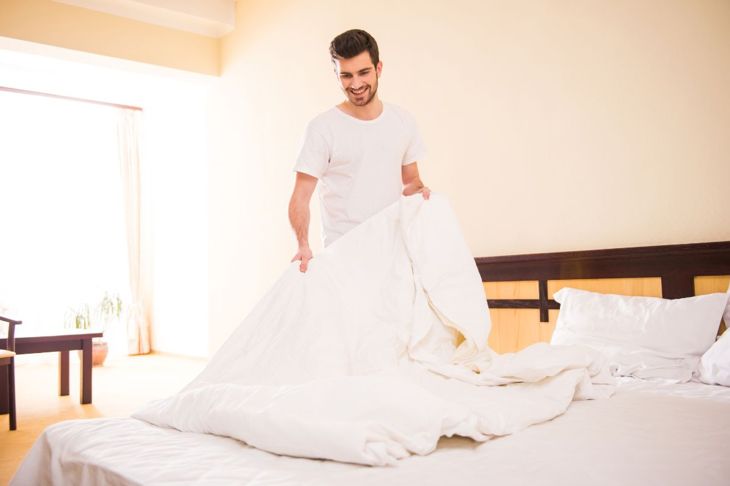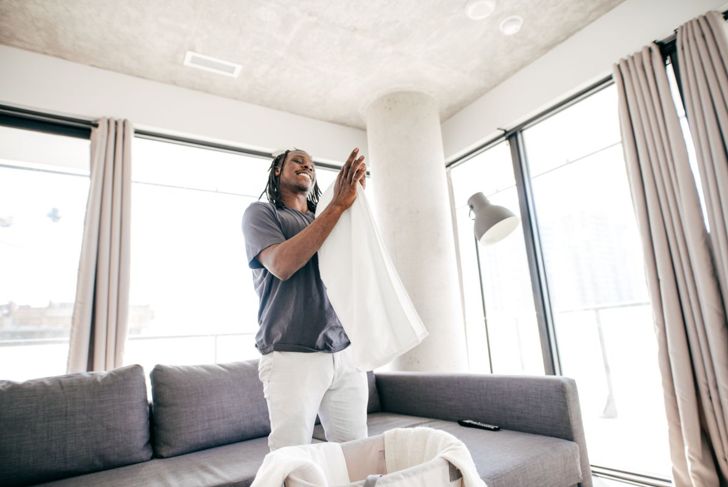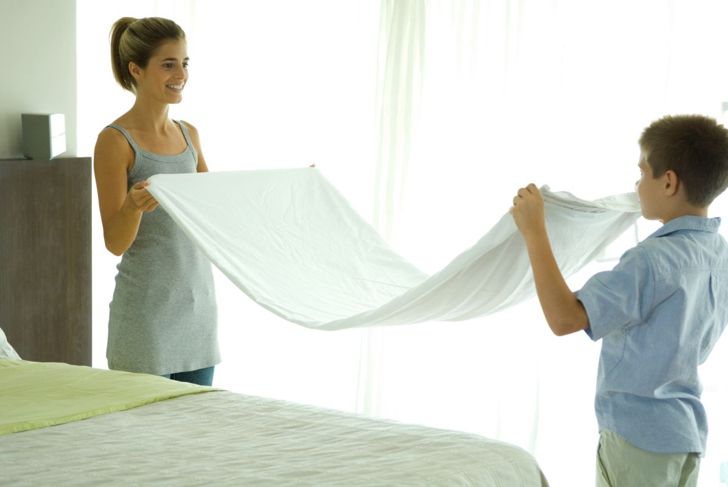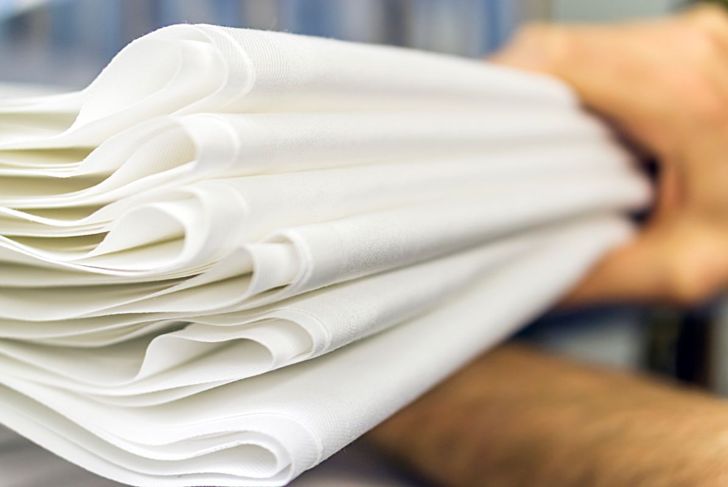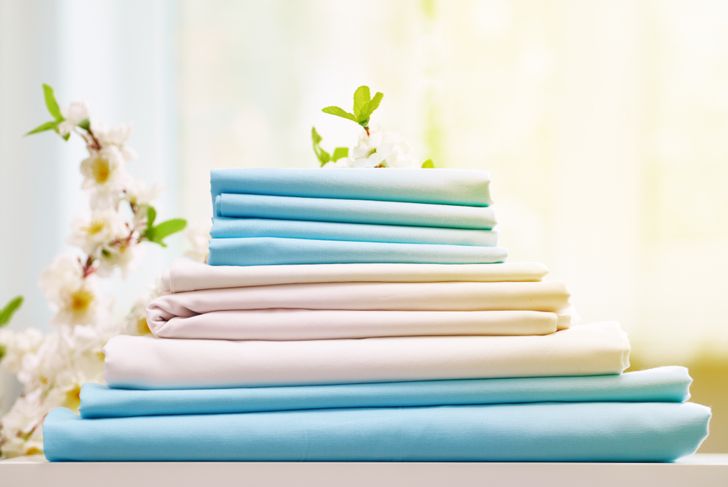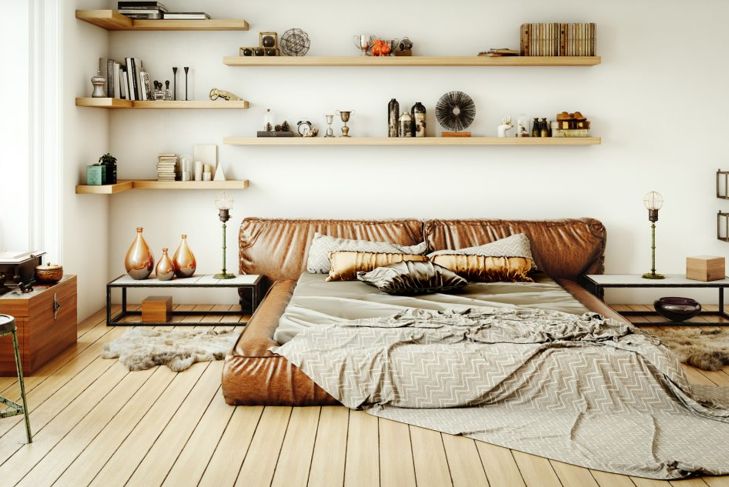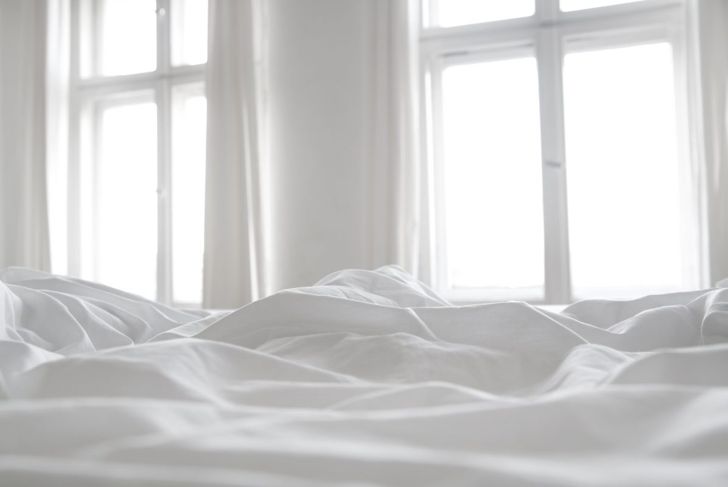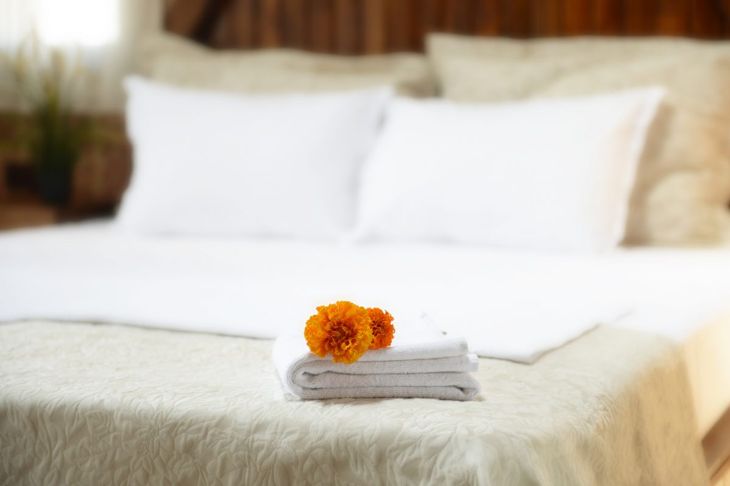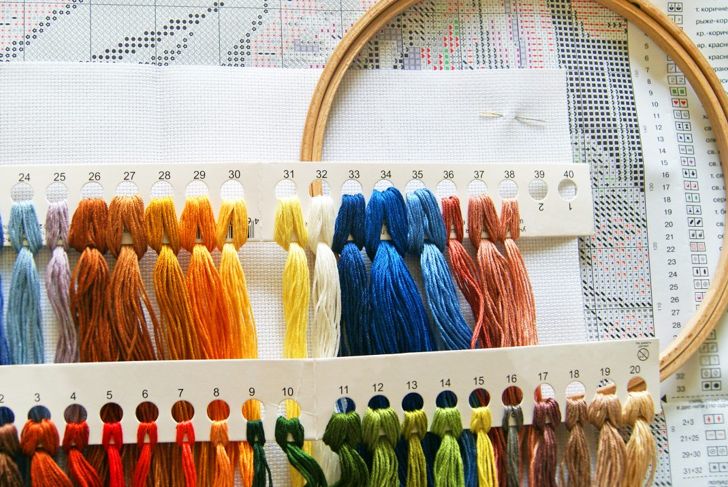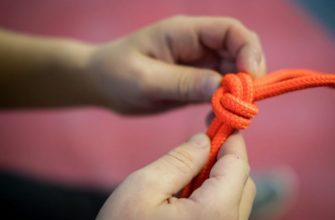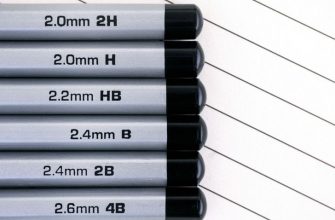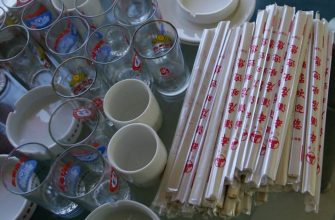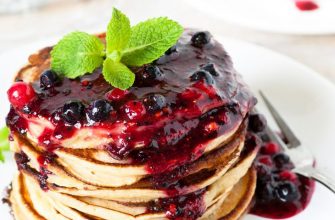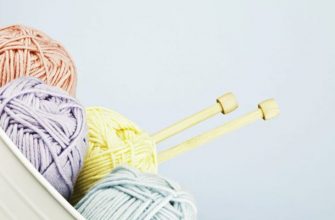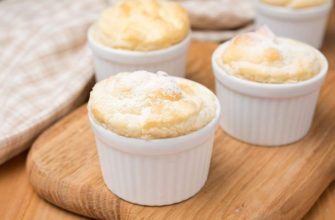Folding fitted sheets is often the bane of laundry day. Sometimes it seems impossible to get right. Fitted sheets often end up in a ball, taking up more space in the drawer than they would if they were folded flat. The balled-up sheet can get wrinkly, and even more difficult to put on the bed. There is a way to fold fitted sheets so that they lie flat, and it's not too hard to learn.
Fold the corners of the sheet together
Put your hands inside the corners of the sheet. For easier folding, arrange the sheet so that the top is facing you and the bottom is looking outward.
Bring the two vertical corners together and flip one over the other.
The best way to do it is to fold the top corner in your right hand over the corner on your left so that the seams are lined up with each other. You can then pinch the right corner outward, so it wraps around the corner in your left hand.
Do the same to the other corners.
Reach down and add the bottom corners to the top ones you just folded, folding the front bottom first. If it's easier for you, you can also fold the bottom corners together before folding them into the top corners. Pinch all the corners together and tuck them in, so they are folded neatly together.
Lay the sheet on a flat surface.
Once all corners are tucked into one another, the sheet should be able to stay flat. Make sure the four corners are face-up in one corner, then fold the sides in so that the sheet looks like a rectangle. Fold in again, this time using the two sides on either side, so the sheet has squared-off edges. After you're done, you should be able to see an L-shaped fold running along two edges of the sheet, with the elastic on the inside of the fold.
Fold it in half, twice.
Before folding, make sure to smooth out the fabric to get rid of any wrinkles. Once the sheet is flattened, grab the top half and fold it in, tucking the corners inside. Grab the newly folded corners and repeat, folding the top half of the sheet.Now that you've got a rectangular shape, fold one side towards the middle part of the sheet. Now grab the other side and repeat the process. The folding of the two sides should make the folded sheet look like a square.
How Many Pieces Are in a Set of Sheets?
In the U.S. and Canada, there are usually four pieces in a set of sheets. There's the fitted sheet, as well as a flat top sheet and two pillowcases. In Europe, however, bedding sets do not contain a top sheet. Europeans don't use a sheet between the fitted sheet and duvet, or comforter.
How Often to Wash Sheets
In general, sheets should be washed weekly. For people who don't use their sheets every day, every other week may be okay. However, anyone who experiences seasonal allergies, sleeps with pets, or is prone to colds should wash their sheets as often as possible. Washing sheets gets rid of allergens and germs, so you're less likely to get sick while they sleep.
How Often to Buy New Sheets
Bed sheets should be completely replaced every two to three years. If sheets are high quality and well cared for, they may last longer. It's important to replace sheets when they start to wear out because worn-out sheets can disrupt sleep. If sheets are showing signs of fading, it's best to replace them.
Material for Sheets
Sheet material is a matter of personal preference, but some materials are better than others at helping you sleep. A good material will absorb moisture, and keep a person cool at night. Here are some materials that are good for sleeping:
- Tencel
- Bamboo
- Modal
- Egyptian Cotton
- Silk
- Micro Fiber
- Linen
What is Thread Count?
The number of threads per square inch of fabric is the thread count. A high thread count usually means softer, longer-lasting sheets. It's not the most important thing to pay attention to when buying new sheets, however. High thread count is nice, but it's not as important as the type of material.

 Home
Home Health
Health Diet & Nutrition
Diet & Nutrition Living Well
Living Well More
More